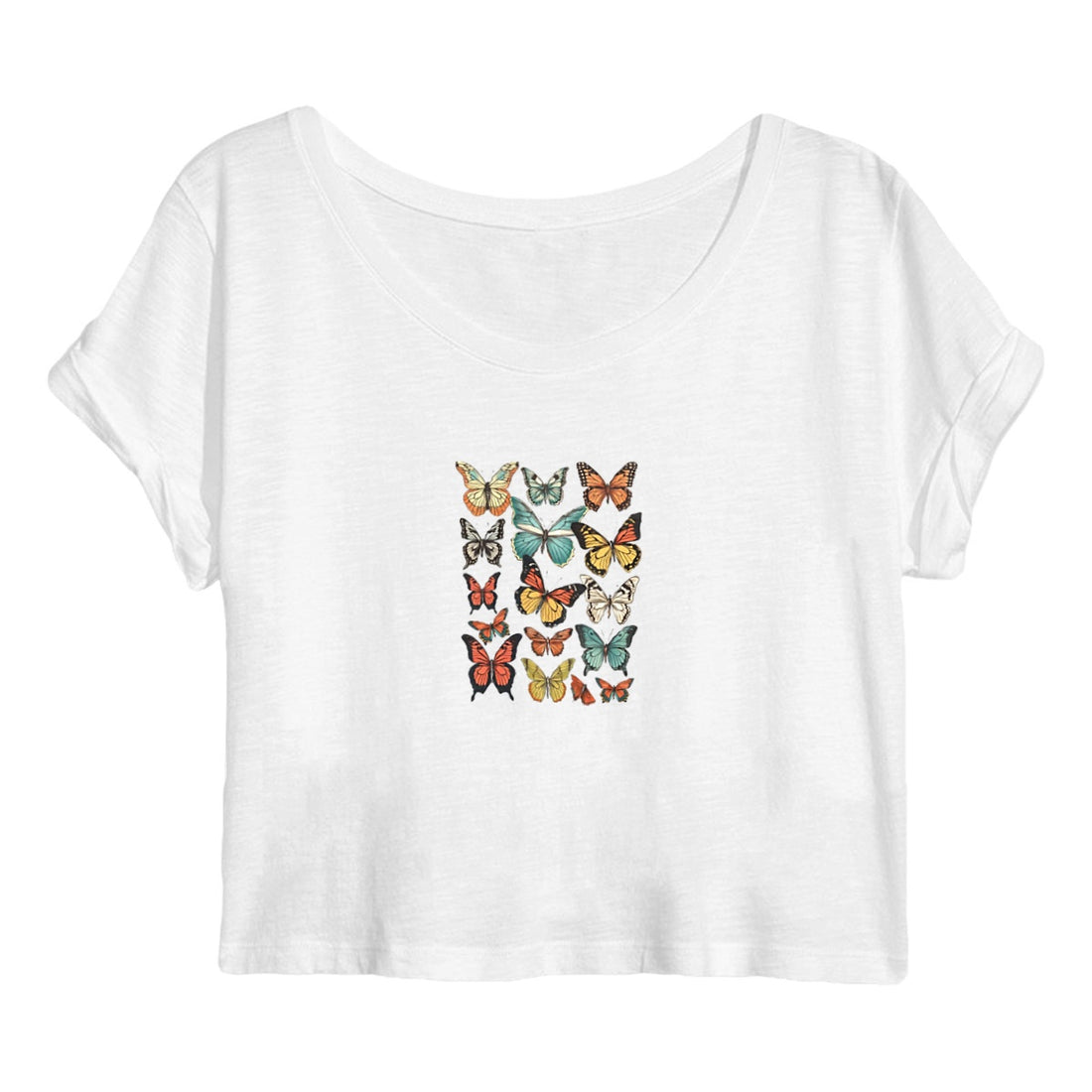
Broken Mirror's Blog
The Silent Extinction: How Our Actions are Killing Endangered Species (part 1/2)
The Silent Extinction: How Our Actions are Killing Endangered Species (part 1/2)

Photo @Biancablah - Bianca Ackermann
Let. that. sink. in.
Due to a loss of their habitat (hello climate change!) and a loss of genetic variation, too many animals face extinction. We can’t afford to turn a blind eye anymore. If you’ve followed us for a while, you know we’re about embracing a positive perspective in balance. Yet, in this case, we find it truly difficult - dare we say impossible - to look at things on the bright side.
Every day new species are added to the endangered species list, or worse, to the extinct list. The numbers horrify us. We’ll share more on how we created this “nature vs. men” mess and what it means for the future in part 3 of this blog series…
In this first part, we want to introduce you to the six endangered species featured in our limited edition T-shirt collection. This collection was designed to create more awareness, as well as educate and inspire you, dearest reader, so you’ll come to feel as passionate about this as we are.
Let’s Behave for the Bees!
We’ve learned so much about bees from Beekeeper Erika Thompson. We can’t remember how we started following this Texan Beauty on Instagram - although a faint memory of my sister sharing a reel of Erika saving a beehive from a toilet comes to mind 😅 - following her opened our eyes to the world of bees.
We love Erika’s work. She handles bees with so much love and respect, and in doing so, shows the world how to work with bees humanely. Her posts are easy to read, yet educational. We can learn from bees.
Did you know bees have a huge impact on our environment and diet!? Did you know bees are super-duper important pollinators*? Thanks to these cute insects, we have access to a variety of foods. They’re responsible for every 1 out of 3 bites of food we eat.
Please follow Erika on Instagram to support her work and learn more about her revolutionary bee removals.
*A pollinator is anything that helps carry pollen from male parts of flowers (stamen) to female parts of the same, or another flower (stigma).
Go Gorillas!
 Photo: Mike Arney
Photo: Mike Arney
Why can’t a powerful animal like a gorilla with no predators in its natural habitat survive? The answer leads to … us.
17% of all gorillas live in protected areas as a result of current conservation laws and still, the gorilla population is going down at a scary speed. The main reasons for their endangerment are loss of habitat (nothing new there!), poaching, civil wars, and diseases. Sometimes the disease is a result of interaction with humans.
We share 98% of our DNA with gorillas so it is not surprising that we can transmit diseases. Yet despite us sharing so much of our DNA, they don’t have the same immune system we have so exposure to humans can be very detrimental to a gorilla’s health.
From the Eastern and Western gorillas, the Mountain gorilla is listed as critically endangered. Latest reports estimate there are only about 1,000 of them left living in the wild. There are two groups: one in the region of the Virunga Volcano, a region spanning over 3 national parks in East-Central Africa. The other group resides in a natural park in Uganda.
Gorillas are amongst the most powerful animals on earth and yet they depict such sweetness too. They have super strong family bonds and usually live in groups of about 10 with one dominant male being the strong leader. All adult gorillas, male and female, take care of, hug and play with the younger ones. At night, moms and babies cozy up together in a nest on the ground or in a tree to feel safe and warm. So cute!
Maybe you’re a parent too and you can relate to wanting a safe and warm nest for your kids to grow up in. You can learn more about the conservation of gorillas and how you can help here.
2023, the year of the Tiger?

Photo: Clovis Wood Photography
Sadly, out of all the big cats still living on this planet, they are the closest to extinction due to a loss of habitat, climate change, poaching and retaliatory killings. Did you know that in the US, more tigers are living in captivity than in the wild?
Tigers are the biggest cats on our planet - yes, they are bigger than lions! - but thanks to their soft toe pads, these iconic cats are silent hunters. It’s not uncommon for them to travel 6 to 12 miles during one hunt. Talk about commitment! After catching their prey, they drag it into cover and away from the killing site to peacefully divulge.
Today, the biggest population of wild tigers is found in India and Sumatra, parts of Asia that are “red districts” when it comes to the work of many tiger charities. All in all, it is estimated that about 4,000 tigers are roaming around freely. Too small a number considering there were roughly 2 million (!!) tigers only 150 years ago.
While some tiger subspecies are extinct today, there is hope. Thanks to many charities that work globally on tiger conservation, a tiny increase in numbers can be seen over the past few years. With conscious efforts from our side, this species might be able to survive.
Let’s make 2023: the year of the tiger!
In conclusion, bees, tigers, and gorillas are three of (too) many endangered species on our planet that need urgent attention and conservation efforts to ensure their survival.
Bees play a crucial role in pollination, tigers are apex predators that maintain the balance of ecosystems, and gorillas are keystone species that shape their habitat. Their disappearance would have far-reaching consequences for both the environment and human society.
It is our responsibility to take action to protect and preserve these species and their habitats. Stay tuned for part two of this blog!






